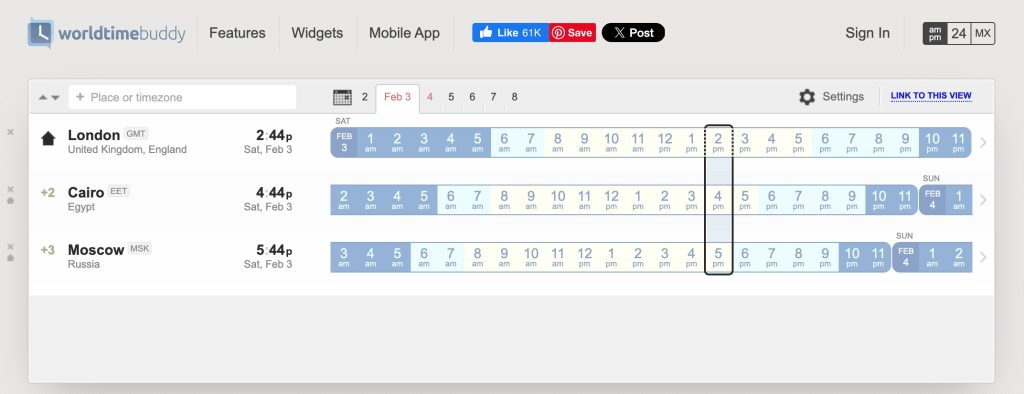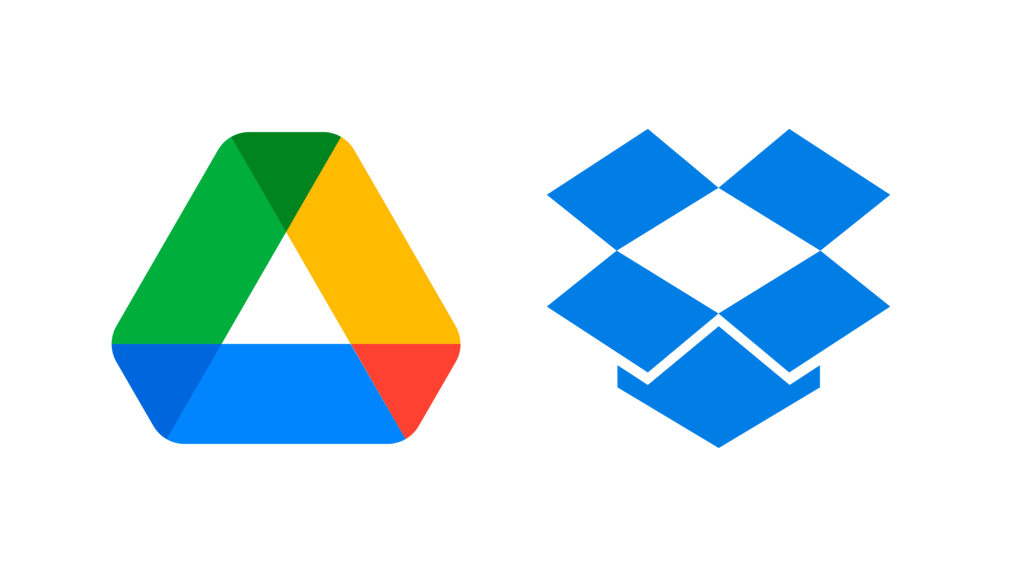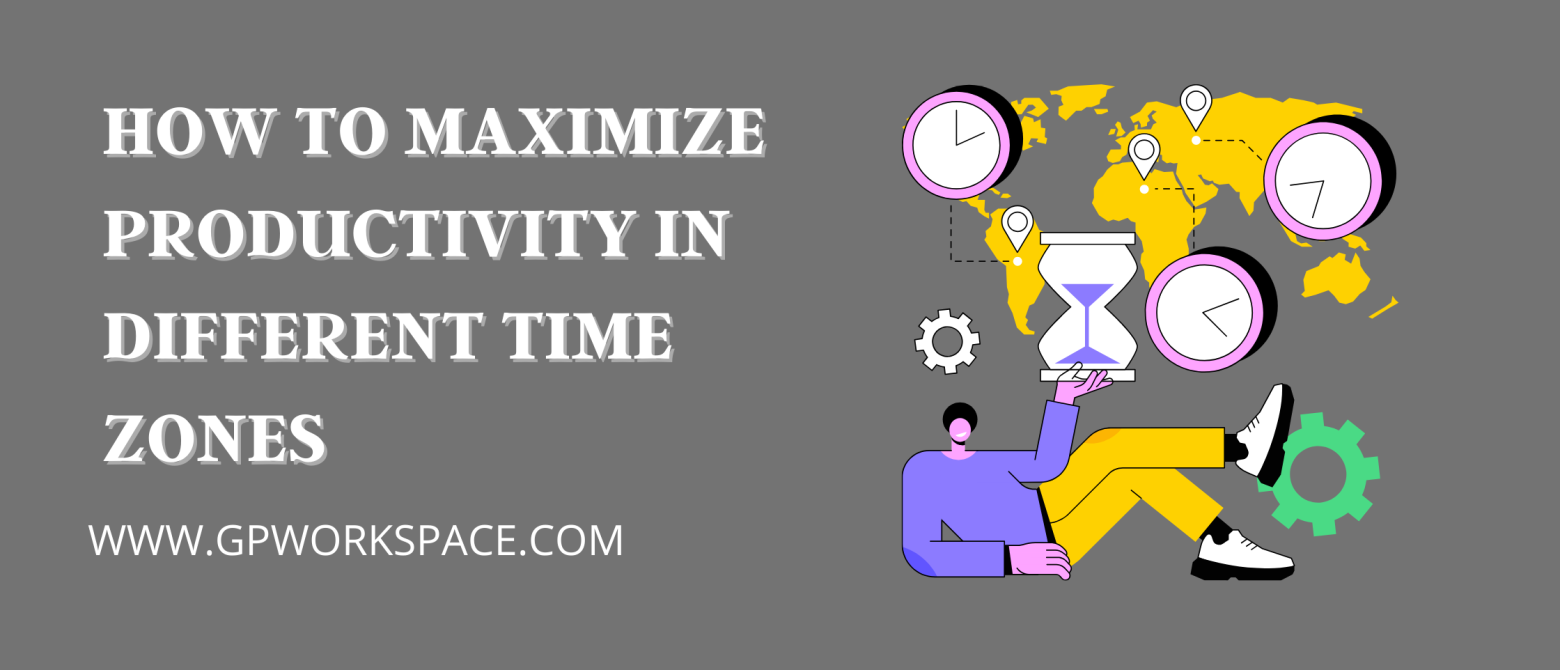Embracing the digital nomad lifestyle offers an unparalleled sense of freedom, allowing individuals to work from virtually anywhere in the world. However, this freedom comes with its unique set of challenges, especially when it comes to how to maximize productivity across different time zones. The dream of globetrotting while meeting deadlines and collaborating with international teams can quickly turn into a struggle against disrupted sleep patterns, scheduling conflicts, and the daunting task of juggling work with exploration.
This guide presents a problem-solution framework tailored for digital nomads facing the intricate dance of productivity in a constantly changing backdrop of time zones. By delving into effective time management strategies, establishing adaptable routines, and harnessing the power of technology, we aim to transform these challenges into opportunities for growth and efficiency.
What are Some Time Zone Challenges?
Navigating the complexities of different time zones is a pivotal aspect of the digital nomad lifestyle, presenting a set of unique challenges that can significantly impact productivity and overall well-being. Understanding these challenges is the first step towards crafting effective strategies to overcome them.
Disrupted Sleep Patterns
One of the most immediate effects of moving across time zones is the disruption to your body’s internal clock, or circadian rhythm. This biological clock regulates your sleep-wake cycle, digestion, and even hormone production. Frequent shifts in time zones can throw off this rhythm, leading to sleep disorders such as insomnia or excessive daytime sleepiness. Such irregular sleep schedules not only diminish your cognitive functions, such as concentration and memory, but also your physical health, affecting your overall productivity. Moreover, the quality of your work can suffer, and you may find it more challenging to engage creatively or solve complex problems.
Coordination with Global Teams
For digital nomads who collaborate with teams scattered around the globe, time zone differences can complicate the simplest tasks. Scheduling meetings becomes a puzzle, as finding a time that is convenient for everyone can be nearly impossible. This can lead to delays in communication, hinder decision-making processes, and extend the time it takes to complete projects. The effort required to manage these differences can also add to the mental load, consuming energy that could be better spent on productive tasks. Additionally, the risk of miscommunication increases, potentially leading to conflicts or misunderstandings that further disrupt workflow.
Maintaining Work-Life Balance

Achieving a healthy work-life balance is crucial for long-term productivity and well-being, yet it becomes increasingly challenging as the lines between work and leisure blur across time zones. The temptation to be “always on” to accommodate different schedules can encroach upon personal time, leading to burnout and a decrease in job satisfaction. Moreover, the irregular hours can isolate digital nomads from social interactions in their current locales, impacting mental health and the ability to recharge fully. The challenge lies in setting boundaries that respect both professional commitments and the need for rest, relaxation, and personal time.
Time Management Tips for Freelancers
Effective time management is essential for digital nomads navigating the complexities of different time zones. It ensures that despite geographical changes, productivity remains unaffected. Let’s delve deeper into each tip with detailed explanations and examples.
1. Plan Ahead
Planning ahead involves adjusting your schedule to align with the local time zone of your next destination. This preemptive approach ensures a smooth transition in your work commitments and personal activities.
How to Implement: Utilize digital tools like Google Calendar, which offers the functionality to automatically adjust time zones. This feature is invaluable for keeping track of your meetings, deadlines, and personal commitments across different locations.
Example: Suppose you’re planning to relocate from Toronto to Tokyo. Two weeks before your move, start scheduling your meetings and work sessions according to Tokyo’s local time. If you have a weekly team meeting at 2 PM Toronto time, reschedule it to the corresponding Tokyo time. Google Calendar can display both your current and upcoming time zones, helping you visualize and plan your schedule effectively.
2. Prioritize Tasks
Understanding and leveraging your peak productivity periods can significantly enhance your efficiency. Prioritizing tasks means scheduling the most demanding work during your high-energy windows and saving lower-priority tasks for when your energy dips.
How to Implement: Start by identifying your most productive times through observation or by using productivity tracking apps. Once you know your peak hours, allocate your most challenging or high-priority tasks to these times.
Example: Maria, a content writer, finds her writing flow best in the late mornings. She schedules her writing tasks from 10 AM to 1 PM, her current base’s local time in Madrid, Spain. This period aligns with quiet hours in her global team’s various time zones, minimizing interruptions. She reserves afternoons for research, meetings, and administrative tasks, aligning less intensive tasks with her natural energy cycles.
3. Utilize Time Zone Converters
Time zone converters are crucial tools for digital nomads, especially when coordinating with clients and team members across the globe. These apps simplify the process of finding mutual availability, reducing the risk of missed meetings or delayed projects.
How to Implement: Incorporate a reliable time zone converter like World Time Buddy into your planning routine. Before scheduling any meeting or deadline, check the app to see the local time for all involved parties.

Example: John, a project manager, works with developers in India and designers in Brazil. When he needs to schedule a project sync-up, he uses World Time Buddy to find a time that falls within reasonable working hours for both teams. For instance, he finds that 9 AM in Brazil and 5:30 PM in India overlap without extending into unreasonable hours for either team. This careful coordination ensures all team members can participate without sacrificing their work-life balance.
Establishing Routines for Freelancers
Establishing routines is a critical component of maintaining productivity and well-being, especially for digital nomads who face the additional challenge of adjusting to new time zones regularly. Here’s a deeper look into how to effectively establish routines that foster productivity and balance.
1. Create a Consistent Morning Routine
A morning routine sets the tone for the entire day. It’s about creating a series of actions you perform each morning to help transition from a state of rest to being fully prepared for the day’s challenges.
How to Implement: Choose activities that energize and focus your mind. This might include a combination of physical exercise, such as yoga or running, meditation to clear your mind, journaling to set daily intentions, or simply reading something inspirational. The key is consistency; performing these actions daily turns them into habits that signal to your brain it’s time to shift into work mode.
Example: Alex, a graphic designer, starts his day with a 30-minute run, followed by 15 minutes of meditation, and then reads an industry-related article over breakfast. This routine not only energizes him physically but also puts him in the right mental space to tackle his design projects. Even when he moves across time zones, Alex keeps the sequence of his routine the same, adjusting the starting time as needed to local mornings.
2. Schedule Regular Breaks
Incorporating regular breaks into your workday can significantly boost productivity and prevent burnout. The Pomodoro Technique is one of the most effective methods for this.
How to Implement: Work for 25 minutes, then take a 5-minute break. After four cycles, take a longer break of 15-30 minutes. These intervals are designed to maximize focus and ensure rest, keeping your mind fresh and engaged throughout the day.
Example: Sara, a freelance writer, uses the Pomodoro Technique to structure her writing sessions. She finds that the focused work intervals allow her to write with higher efficiency, while the short breaks give her mind the rest needed to maintain creativity. Even on days when she’s exploring a new city, Sara applies this technique to balance work with leisure, adapting the schedule to fit her exploration plans.

3. Adapt Your Routine to Local Times
Aligning your work routine with the local time zone can enhance your interaction with local clients or colleagues and help you integrate into the local community.
How to Implement: Once you arrive at a new destination, adjust your work schedule to match the typical business hours in that region. This might mean starting your day earlier or working later than you’re accustomed to, but it can significantly improve collaboration and communication with locals.
Example: When Kevin, a digital marketing consultant, moved to Bangkok, he shifted his work hours to start early in the morning. This adjustment not only allowed him to collaborate more effectively with his local clients but also gave him the evenings free to explore the city and engage with the local culture, enriching his overall experience as a digital nomad.
Technology for Freelancers to Stay Organized
leveraging technology is not just an option; it’s a necessity for staying organized, efficient, and connected. Here’s an in-depth look at how digital nomads can use technology to their advantage.
1. Leverage Project Management Tools
Project management tools like Asana, Trello, and Notion are invaluable for keeping track of tasks, deadlines, and collaborative projects. These platforms offer a visual overview of your workload, making it easier to prioritize tasks and manage your time effectively.
How to Implement: Choose a project management tool that best fits your workflow. For instance, Asana is great for complex projects with multiple team members, thanks to its detailed task assignments and progress tracking features. Trello, with its Kanban boards, is ideal for visual task management, allowing you to move tasks through stages (e.g., To Do, Doing, Done). Notion, on the other hand, offers a more flexible workspace that can be customized for notes, tasks, databases, and more.
Example: Emily, a web developer, uses Trello to manage her development projects. She creates separate boards for each project, with columns for tasks to be done, in progress, and completed. This system allows her to easily track the status of each task and communicate progress with her clients, all in one place.
2. Use Communication Tools Wisely
Communication tools like Slack, Zoom, and email are essential for staying in touch with teams and clients. They facilitate instant communication and virtual meetings, making remote work feasible.
How to Implement: Establish clear communication guidelines with your team or clients, including preferred tools for different types of communication (e.g., Slack for quick questions, Zoom for meetings) and expected response times. Additionally, use features like “Do Not Disturb” modes or set specific hours for checking emails to protect your personal time and prevent burnout.
Example: Marco, a digital marketing specialist, has set specific hours for communication with his team across different time zones. He uses Slack for day-to-day communication, setting his status to “Do Not Disturb” during his focused work hours and after work. For longer discussions or team meetings, they use Zoom, scheduling these in advance to accommodate everyone’s time zones.
3. Embrace Cloud-Based Services
Cloud storage services like Google Drive and Dropbox are essential for digital nomads, offering a secure and accessible place to store documents and files. These platforms enable seamless collaboration and ensure that your work is accessible no matter where you are in the world.

How to Implement: Organize your files into clearly labeled folders in your cloud storage service of choice. Make use of sharing features to collaborate on documents or projects, and ensure you have offline access enabled for essential documents, so you can work even without an internet connection.
Example: Lisa, a freelance graphic designer, stores all her project files on Google Drive, organized by client and project. She shares specific folders with her clients, allowing them to view progress and provide feedback directly. This setup not only keeps her organized but also streamlines the feedback process, making collaboration easier despite the distance.
Navigating different time zones as a digital nomad doesn’t have to be a productivity killer. By implementing effective time management strategies, establishing routines that promote work-life balance, and utilizing technology to stay organized, you can maximize your productivity regardless of where your travels take you. Remember, the key is to be adaptable and proactive in your approach. Happy nomading!



